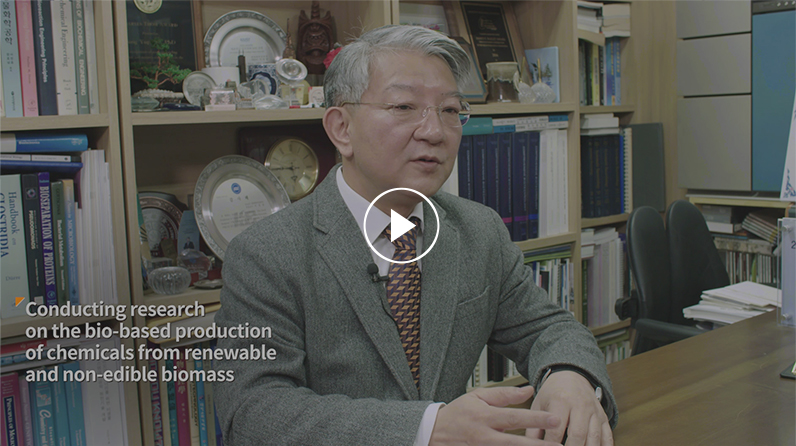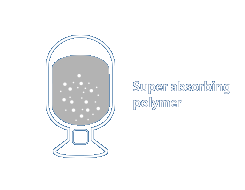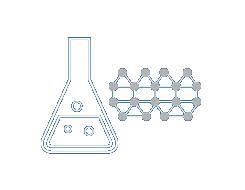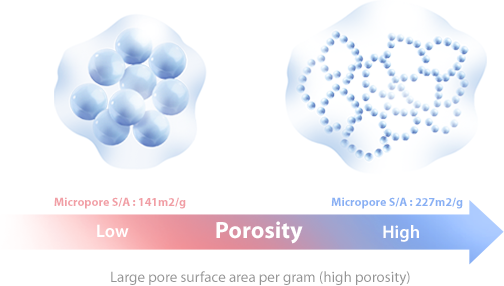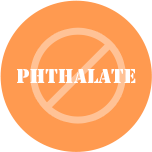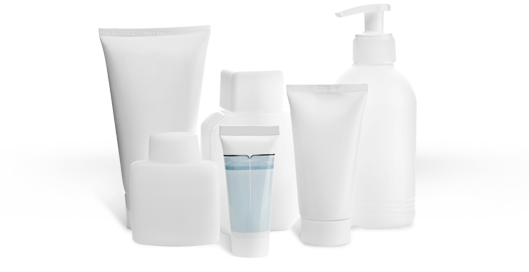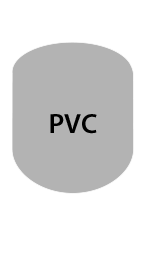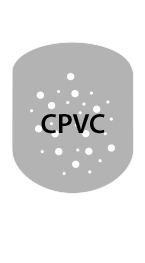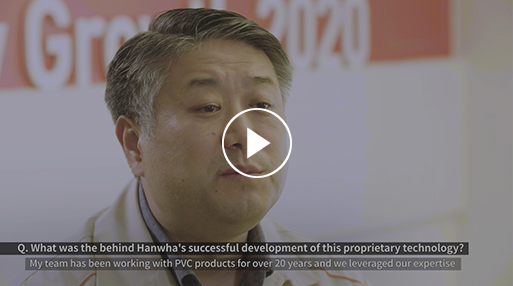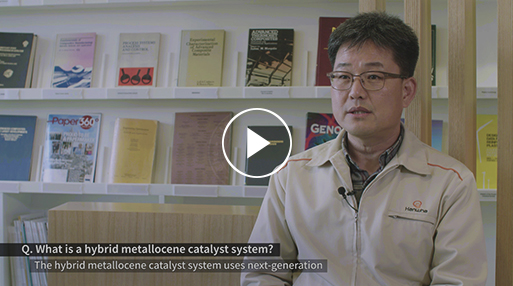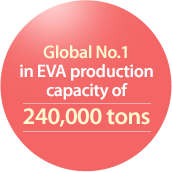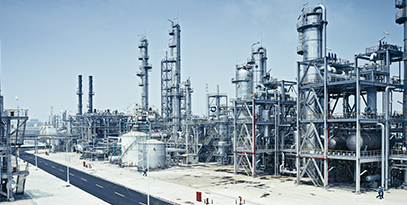KAIST-Hanwha Chemical Future Technology Research Center | Sang Yup Lee, Head of the Research Center and Professor at KAIST
//www.youtube.com/embed/FHexUSNXd_Y?autoplay=1
KAIST-Hanwha Chemical Future Technology Research Center
Sang Yup Lee, Head of the Research Center and Professor at KAIST
Q1. Please describe the Future Technology Institute.
A1. Well, KAIST is a world leading science and engineering university and Hanwha Chemical is one of the best petrochemical companies in the world. So obviously when these two institutions meet and collaborate, we can create something that is useful not only for the human being but the environment of our offspring. So what do you want to choose? Well, we chose the partners based on how we address the world pending problems such as climate change issues. And that’s how we met and we decided to establish this KAIST-Hanwha Chemical Future Technology Institute. Currently, 4 teams are working very hard to address these problems and hopefully, and we should, accomplish these goals.
Q2. What type of research is being conducted at the institute?
A2. Currently, the institute has a four main themes. I’m in charge of the bio-based production of chemicals from renewable biomass. Obviously we are talking about non-edible biomass because we do not want to compete with food. But there are a lot of biomass that are basically wasted, so we want to convert these raw materials into a sustainable raw material replacing fossil resources such as fossil oil and natural gas. Then, we will look for ways to use this process to produce those chemicals that are important in our everyday lives, such as precursors for polymers and etc. What we are trying to do here is, basically change the petrochemical-based chemical industry and move towards a bio-based sustainable chemical industry. And that’s what Hanwha Chemical wants and that’s what we think is important at KAIST. So I think these two meet very nicely and try to address all these problems.



